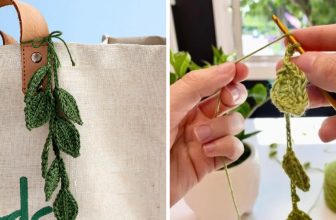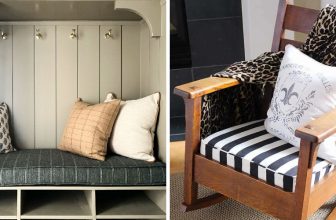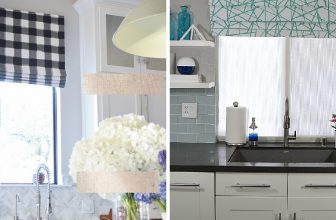How to Make Mustard Yellow Paint
There are only seven colors in our spectrum does not mean that we cannot use any other colors to create our art. Everyone knows that once you mix two or more colors, they will create a new one.

But the thing is that you need to have proper knowledge of the colors to mix to get the exact shade you are aiming for. For example, combining red and blue will give us purple is something everyone knows, but which colors will make the shade mustard perhaps may not be identified by a lot of us. And, here we will teach you how to make mustard yellow paint.
The Color “Mustard”
If you are not familiar with the color “mustard,” let us tell you that you have seen it before. Perhaps you cannot just remember it or not familiar with the name. The mustard color is coming from the color of the mustard seeds. You probably have seen mustard using in different types of food, especially as a sauce for fast foods. The mustard color usually describes a light yellow to dark yellow color. It has a slightly greenish-brown tinge as well. It is quite easy to identify the mustard color in the market. Many products and product packaging are using this color, especially the fast food packaging.
Overall, it is a bright and slightly deep yellow color with a very warm tone. It makes a great color or paint for brightening things up. No matter where you are going to use the color, it will provide such a warm dimension to the whole thing. To make it up, it does not require a lot of colors. Keep on reading to know how to make mustard yellow paint.
Materials Needed
To mix up the color, you will need the things mentioned below-
You will need these things to mix colors seamlessly and without any problems. With these items, you will be able to mix any other color of your choice if you have the required colors.
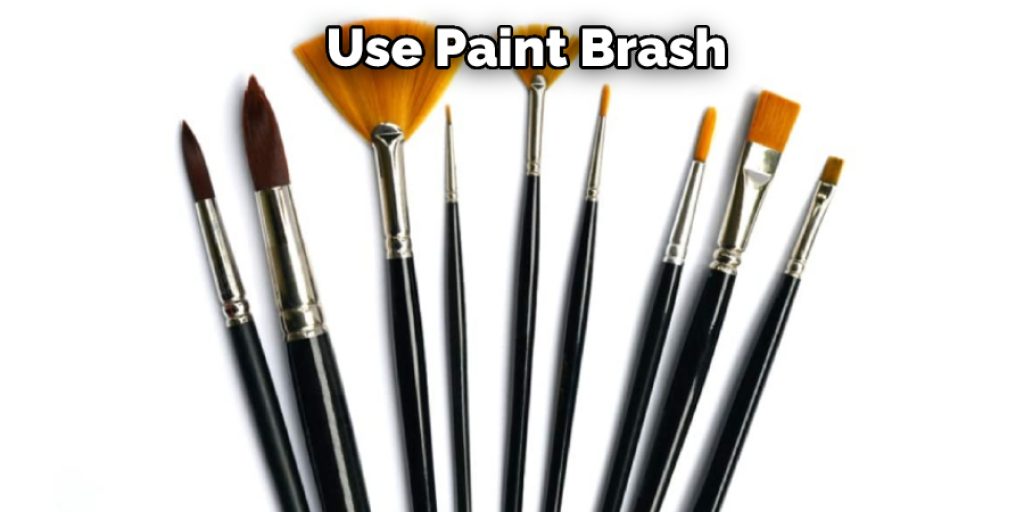
6 Steps to Follow: How to Make Mustard Yellow Paint
Before you start mixing any paint or color of your choice, be sure to have all the necessary supplies on hand. Whether you’re creating a color for your painting, house décor, or something else, you’ll need the basic materials to make it happen.
The thing about mixing color is that it is not a hard task. The only thing one may find confusing is getting the right colors for mixing and the consistency of each color. About the color measurement, there is no accurate number for it, unfortunately. You have an experiment with your colors to create the exact shade you want. The tools for measuring colors are the same as measuring liquids. You can use tablespoons, teaspoons, or measuring cups. One thing you should do is write down the exact measurements of each color and what it was mixed with.
Before we move on to the steps, you need to make sure that you have all the required supplies around your hand. Also, keep in mind that you cannot rush things up and slowly mix the color to get the right shade. Here is a list of supplies that you need to get your desired color. A dark brown hair dye. If you want to achieve the best results, then choose something that is permanent. A semi-permanent may not be enough for the base color.
Step 1: Prepare Any Brushes
Prepare yourself and your materials before beginning. The first thing you need to do is get the palette or bowls ready in front of you, then prepare any brushes that will be used for mixing colors while also making sure they’re clean! Now it’s time to put on some headphones (or turn down distractions), so we can focus solely on creating this masterpiece together.
Step 2: Pour Each Color
Pour each of the colors separately into the palette or the bowls. You cannot start mixing up the colors right from the bottle or tube of the color, as that could mess up the actual paint. Putting colors side by side in the same bowl will make them run together and ruin the paint, so be sure to pour each one into a separate bowl or palette.
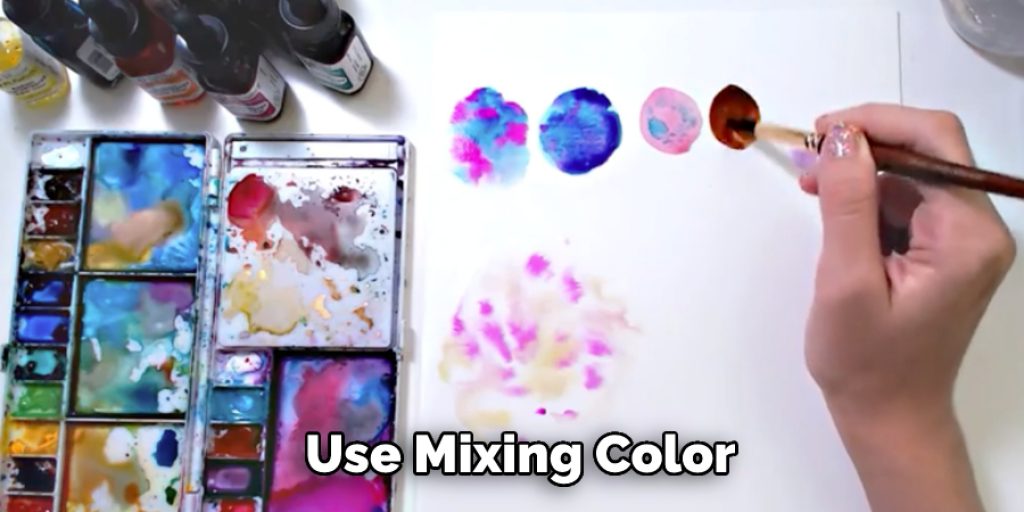
Step 3: Get Ready to Mix Colors
The first color you will pour into the mixing palette or bowl is yellow. You need to get a decent amount of yellow color, minding the amount of mixed color you need. As yellow is the dominant shade in the mixer, you will need more yellow than red.
Step 4: Mix It Up
Start mixing the yellow color with a wooden stirrer or spoon. Be sure to mix it well and break up any clumps that may form in the mixture. Once the yellow color is stirred, you can pour in some red into the same bowl or palette. Slowly start adding the color red onto the yellow color. You cannot pour a lot of red into the yellow as that will mess the whole thing up.
You need to put on red according to the yellow you have. You need to start by adding a few drops of red and mix it to see if that brings any change to the shade. Then pour little by little, and eventually, you will have the right amount of red.
Step 5: Mix Some More
Mix the two colors thoroughly until the mustard color comes out. Next, mix the right amount of red thoroughly with a wooden stirrer or spoon and focus on not letting any lumps form. It would help if you keep stirring until it became shiny and smooth. After mixing well, pour in some more yellow into the bowl or palette and continue blending all colors using a wooden stirrer or spoon.
Step 6: Stir the Mustard
Continue to mix all colors using a wooden stirrer or spoon. Your goal is to achieve a bright, pure color that does not have any blots. Once you are satisfied with the result of your mixing, your mustard yellow paint is fully completed! You can use this paint in whatever art project you want. Enjoy!
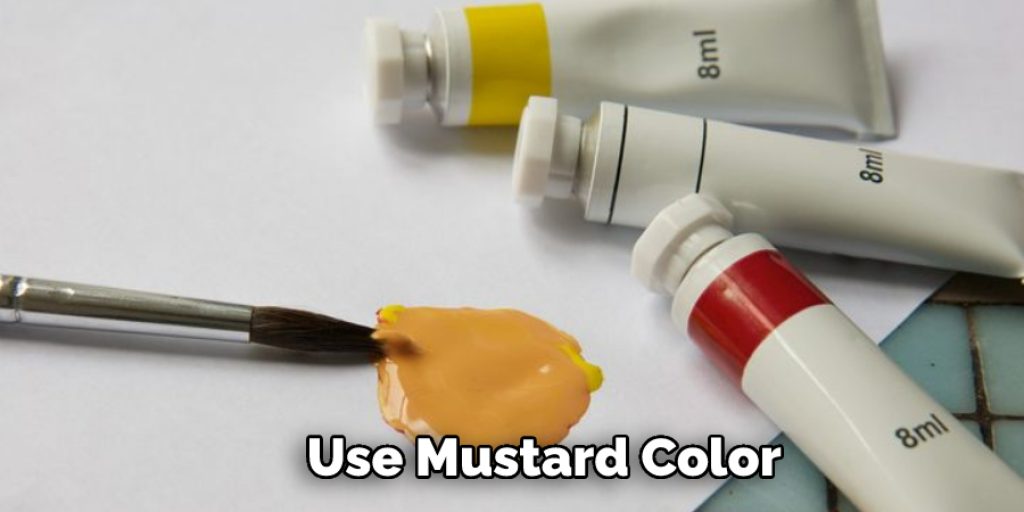
- Mixing palette or bowl
- Brush
- Color/paint (red and yellow)
Caution
There are always a few things that you need to be careful about, and there is no difference when you are learning how to make mustard yellow paint.
If you are mixing the colors to paint a picture and the paint is watercolor or oil paint, you will not have much problem. As they are not too toxic, you can mix them as usual. But one thing you need to make sure is that you put newspaper or any other old colors under the colors so that they will not ruin the surface.
But if you are mixing paint to paint your walls or furniture, you need to be extra careful. The paints are a little toxic, and they could create some problems if they in contact with your eyes or mouth.
So, before you start working with the items, you need to put on some gloves to protect your hands and some goggles to protect your eyes. Also, make sure everything around the working place is covered so that the colors will not get everywhere and make a mess.
What Is A Good Base Paint?
When starting to paint, many artists want to know what is a good base paint. A base is just the color that you start with, and it determines how light or dark your final result will be. The best way to find out what works for you is by experimenting with different tones and colors. To begin with, it is best to stick to a light or medium tone because these are easier to work with.
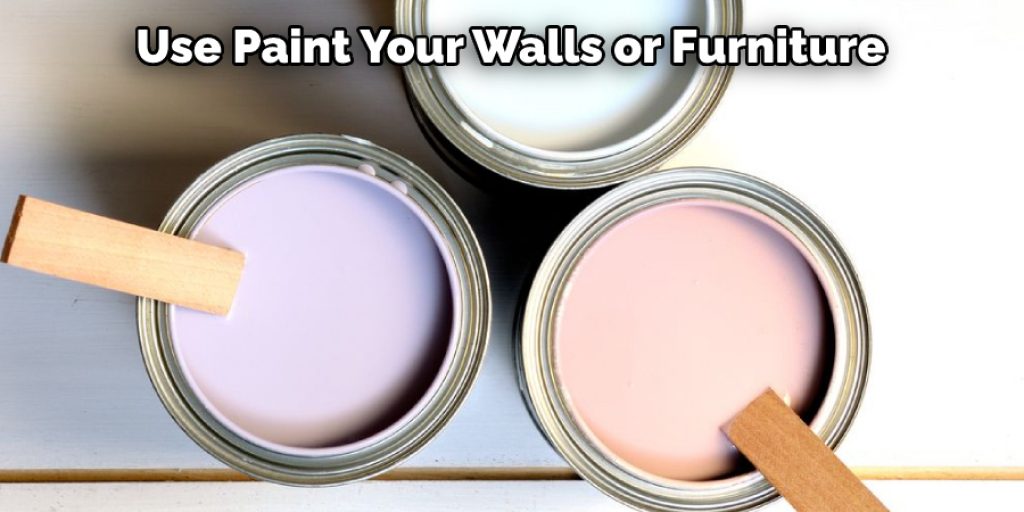
Good Base Paints generally refer to the colors at the end of the color spectrum (the spectrum starts with red and ends in violet). So you can think of primary colors as good base paints since they are the blank canvas at the beginning of the spectrum.
How to Make Your Art Look Soft
According to both modern and classical theories on color, an artist should choose a warm hue if they want their artwork to look soft. This is because cool colors recede into the background while warm colors move forward towards the viewer.
In other words, cool colors appear distant and thus more complex, while warm colors appear closer and softer. An easy way to remember this is by thinking that cool colors feel ‘icy’ and distant, while warm colors feel ‘earthy’ and close.
How To Paint Shadows?
If you want to paint shadows for your artwork, you must use the right colors. Not all colors will work well together when painting shadows or shading in your artwork. It is best to choose a shade that is either naturally found in the shadows or a complementary color.
For instance, you could paint shadows with dark green if your artwork has lots of emerald greens. You can also find shades opposite those colors and mix them for an even richer shadow color.
Final Thoughts
There you have it- our full tutorial on how to make mustard yellow paint. The color mustard is such a warm color that it will light up anything that gets in touch. When you are too bored with the normal yellow, or it gets a bit too light, you can always add the color mustard to bring a little change. The color is an extremely pretty one to use in different furniture or wall. Also, the shade is a great mixture when everything else has a darker tone. We hope that our guide will help you to mix the yellow and red colors to get the perfect shade of mustard color.
You may read also – How to Paint Flat Over Semi Gloss without Sanding


